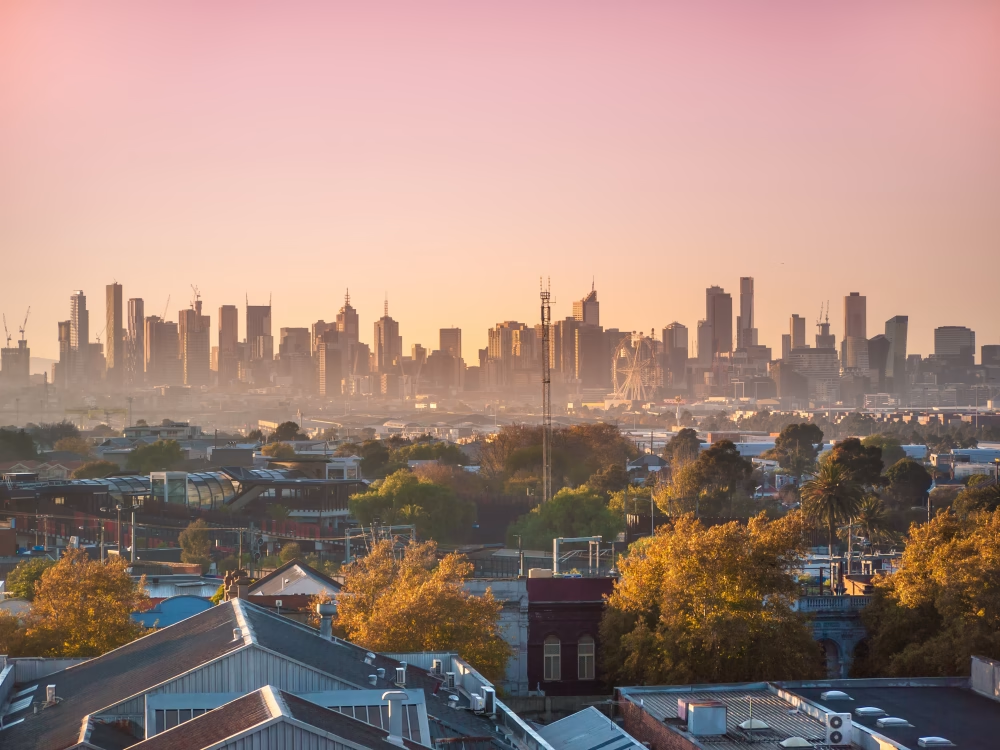
You must do your research before you buy.
It’s something you would have heard a million times before in relation to property investing – admittedly, a good proportion of those would likely have been from me!
But what does it mean? Exactly how do you conduct research when buying an investment property?
One thing’s for sure – in today’s world, there are a plethora of ways to undertake research. So much so that sometimes it can seem overwhelming and analysis paralysis can hit.
You need to look at both the suburb and the property itself, and examine factors such as supply and demand, existing and planned infrastructure, the state of the economy… the list goes on.
Let’s simplify it a little by looking at the individual things you can do that together will add up to help you make an educated decision.
Look at the data
With the help of technological advances, we now have so much property data at our fingertips, much of which can be accessed with just the click of a button.
So jump online and have a look at what’s out there. Websites such as CoreLogic, APM, Residex, SQM Research and Realestate.com.au all have data, and many have suburb profiles or reports detailing information such as median prices, days on market, and supply and demand.
The Australian Bureau of Statistics (ABS) is another good source – look up recent Census data to find out about the individual suburbs you’re considering buying in. The ABS can shed some light on current and future population growth, as well as information about the dwelling types and demographics.
It’s also useful to look at economic data, such as employment and finance approvals.
Bear in mind that much of this data looks at the past, rather than the future, so while it’s helpful, it needs to be used in conjunction with a range of other research tools to give you an indication of whether a particular area is poised for future growth.
Read magazines and newspapers
It might seem old fashioned, but these can provide some useful information on the area you’re looking to buy in, including news on infrastructure projects or the general community.
Property investment magazines offer some detailed suburb profiles too, with expert commentary.
Google it
Type in the suburb name and see what comes up.
It might be as simple as a Wikipedia entry, or it could offer more insights such as forum posts on the area or news updates, such as the announcement of new services or amenities.
It will offer up both the good and the bad, such as crime rates or any other issues of concern in the community.
If it doesn’t come up in your search, Google the local council area, as the council’s website can be rich in information about population growth projections, new projects and whether there are any development applications or approvals for new major projects.
Drive and walk the streets
If you’re going to buy a property, it’s a good idea to familiarise yourself with the area. You can do this by looking at maps, but it’s not the same as going there and checking it out with your own eyes and getting a good feel for it.
Drive around the streets to orientate yourself and find out how accessible the area is, how easy it is to get around, where the amenity and infrastructure is, and where the best parts of the suburb are.
Then get out of the car and walk around, stopping along the way to chat with local business owners, residents and local agents to get a better understanding of the area.
Look at listings
It might seem simple, but this is one of the most important things you can do to research an area.
If you’re considering buying in a particular suburb the first thing you should do is sign up to get alerts for any properties that come onto the market, and regularly search online, on the major portals of realestate.com.au, domain.com.au, and even local agency websites. Then keep track of these properties, recording how much they sell for and how long they’re on the market for.
You can use this data to compare sales, and determine what the market value in the area is for different property types.
Conduct lots of inspections
You should literally keep an eye on listings too, by attending lots of inspections in the area you’re looking at prior to actually buying a property.
This will give you a greater understanding of the properties available in the area, which ones stand out from the pack and what they’re worth.
It will also help you to ensure you don’t overpay or perhaps that you’re even able to identify a bargain when you find one.
Engage a Buyers Agent
If you are time poor but still want to invest in property then it would pay you to engage a Buyers Agent like The Edge Property Buyers to do all the heavy lifting for you. We will do all the research for you, present properties that meet your criteria and then inspect, negotiate and manage the purchase on your behalf.
If this is of interest why not book an Obligation Free Consultation with one of our team HERE







